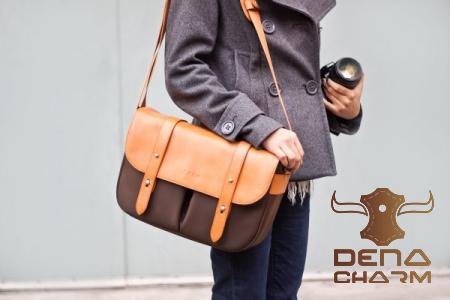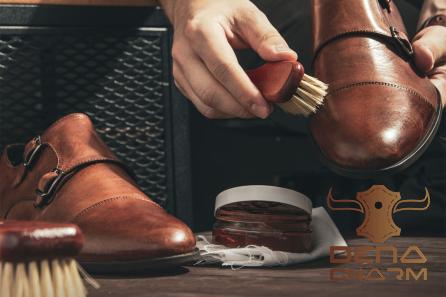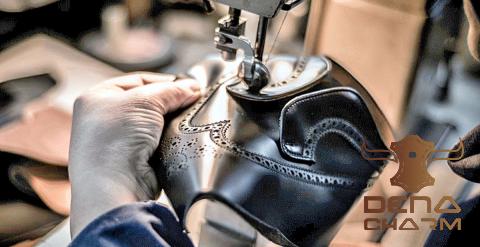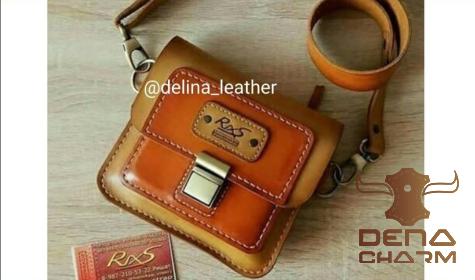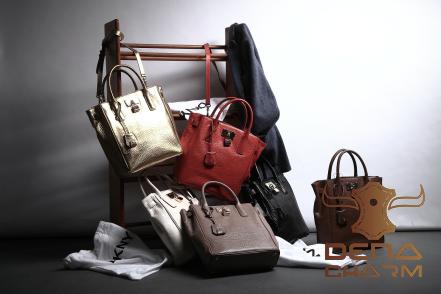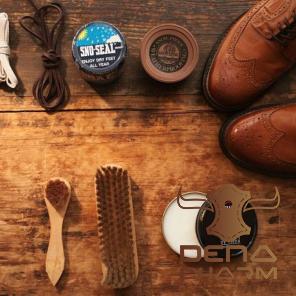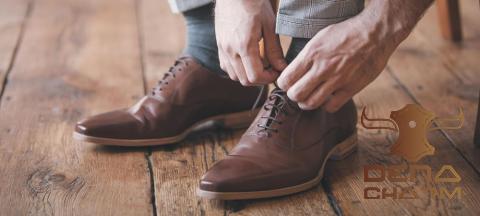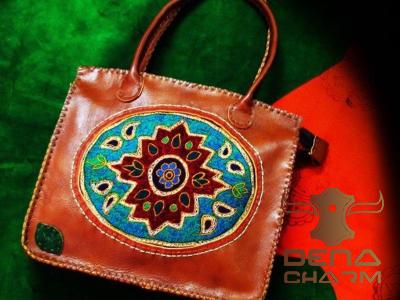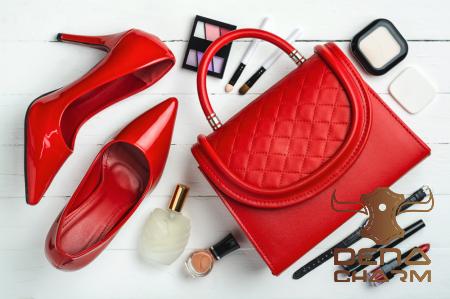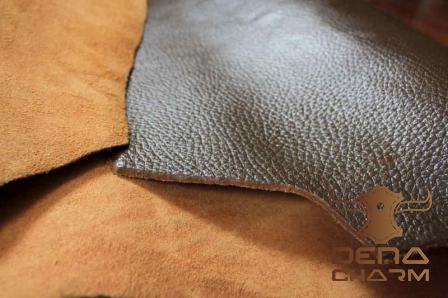When it comes to luxury leather goods, two materials that often come up in the discussion are calfskin and lambskin.
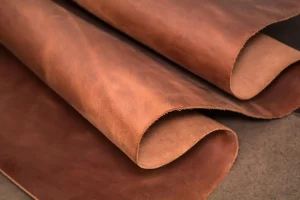 These two types of leather are highly sought after for their softness, durability, and luxurious appearance. However, there are certain differences between the two that may affect your purchasing decision. In this article, we will delve into the qualities of calfskin versus lambskin, explore the factors to consider when buying each material, and touch upon the price differences between the two.
These two types of leather are highly sought after for their softness, durability, and luxurious appearance. However, there are certain differences between the two that may affect your purchasing decision. In this article, we will delve into the qualities of calfskin versus lambskin, explore the factors to consider when buying each material, and touch upon the price differences between the two.
Discuss calfskin vs lambskin
Calfskin is obtained from young cattle, typically less than a year old. It is known for its fine grain texture, which gives it a smooth and polished appearance. Calfskin leather is thicker and more durable compared to lambskin, making it a popular choice for shoes, wallets, handbags, and other accessories that require a sturdier material.
On the other hand, lambskin comes from the skin of young sheep. It is known for its unparalleled softness and luxurious feel. Lambskin leather is supple, lightweight, and often used for high-end apparel items such as jackets, skirts, and gloves. Its delicate and velvety texture is highly appreciated by those seeking a luxurious and comfortable experience.
While both calfskin and lambskin have their own unique qualities, it ultimately comes down to personal preference and the intended use of the leather product.
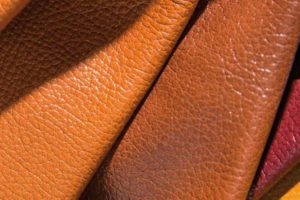
Buying calfskin vs lambskin
When purchasing leather products, it is essential to consider factors such as durability, suppleness, and flexibility. Calfskin is known for its durability, as it is thicker and more resistant to wear and tear. This makes it an excellent choice for leather goods that will endure everyday use, such as shoes or handbags. Additionally, calfskin develops a unique patina over time, giving it a distinct character that adds to its appeal.
Lambskin, on the other hand, is extremely soft and lightweight, providing a luxurious and comfortable feel. However, it is less durable compared to calfskin. Lambskin leather products may be more prone to scratches or damages, requiring extra care when handling and storing them. Therefore, lambskin is better suited for apparel or accessories that are less likely to experience heavy wear, such as jackets or gloves.
Consider your lifestyle, intended use, and maintenance preferences when deciding between calfskin and lambskin. If you prioritize durability and long-lasting products, calfskin may be the ideal choice. However, if you value softness and the utmost comfort, lambskin would be a great option.
Price of calfskin vs lambskin
Price is another aspect to consider when choosing between calfskin and lambskin. Calfskin leather is generally more expensive compared to lambskin due to its durability and versatility. The thicker and stronger nature of calfskin demands more effort and precision during the manufacturing process, resulting in higher production costs.
On the other hand, lambskin is relatively more affordable as it is less durable and requires less labor-intensive processes during production. It is important to note that price differences may vary depending on factors such as brand, craftsmanship, and the overall quality of the leather.
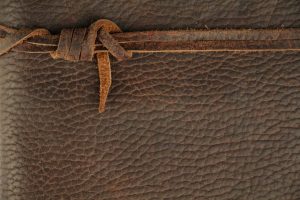
It is essential to set a budget and weigh the cost against the benefits and longevity of the product. Investing in a high-quality calfskin or lambskin item can result in a long-lasting, timeless piece that will serve you for years to come.
In conclusion, choosing between calfskin and lambskin ultimately boils down to personal preferences and the intended use of the product. Calfskin offers durability, strength, and a polished appearance, making it suitable for accessories that undergo heavy usage. On the other hand, lambskin provides unparalleled softness, luxury, and comfort, making it a preferred choice for high-end apparel items. Consider your lifestyle, budget, and maintenance requirements when deciding whether to opt for calfskin or lambskin. Whichever material you choose, both calfskin and lambskin are exceptional choices that exude timeless appeal and sophistication.
